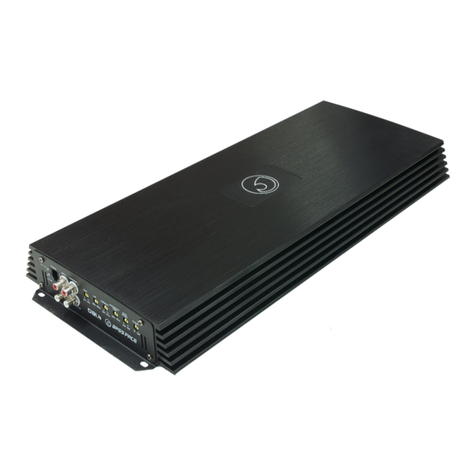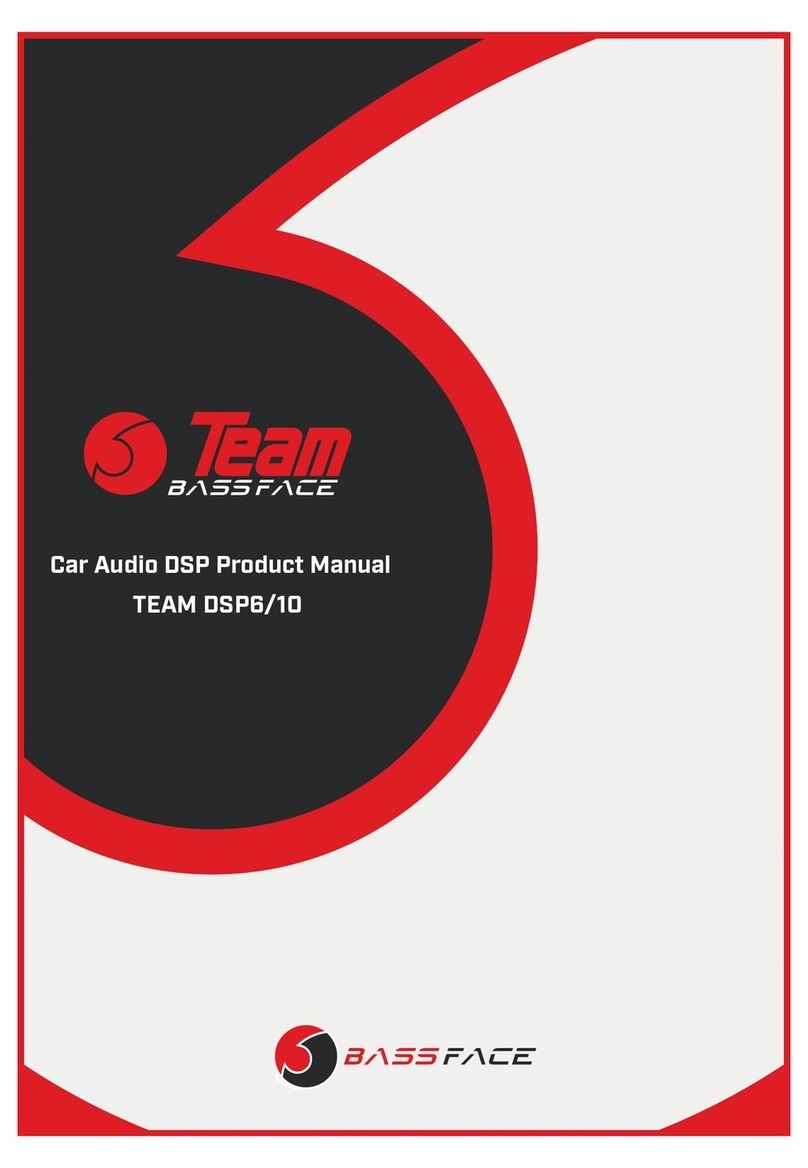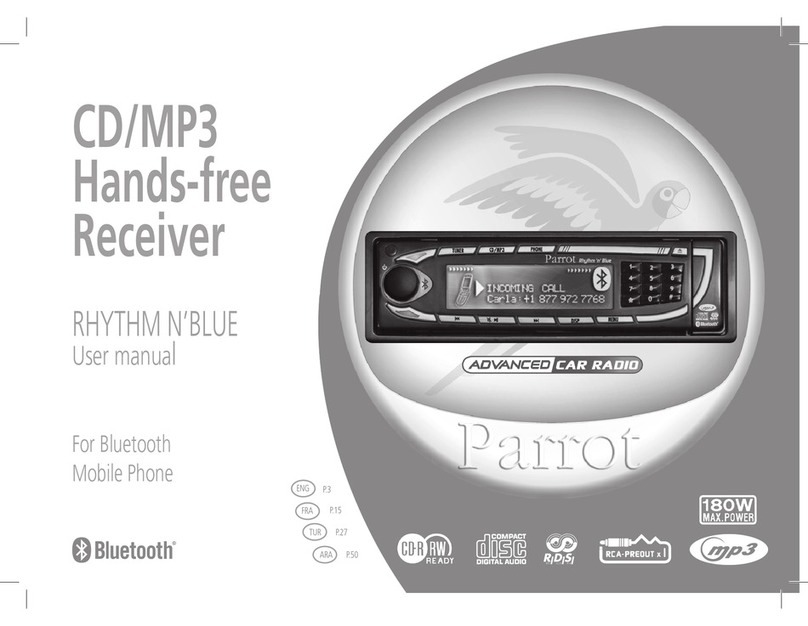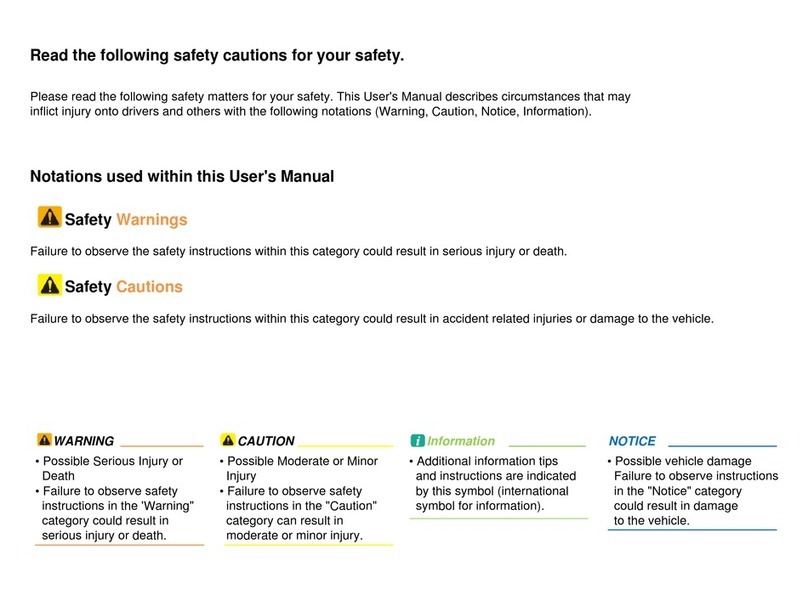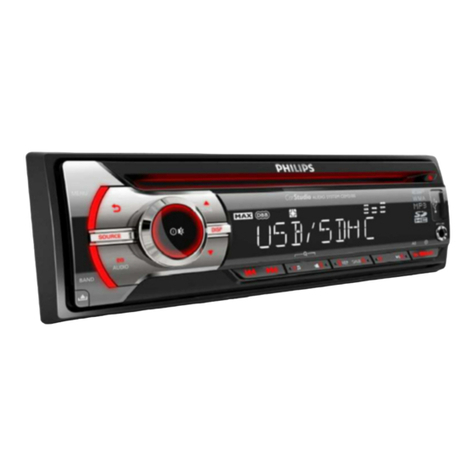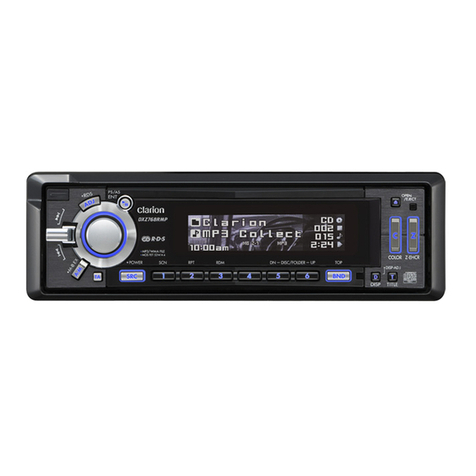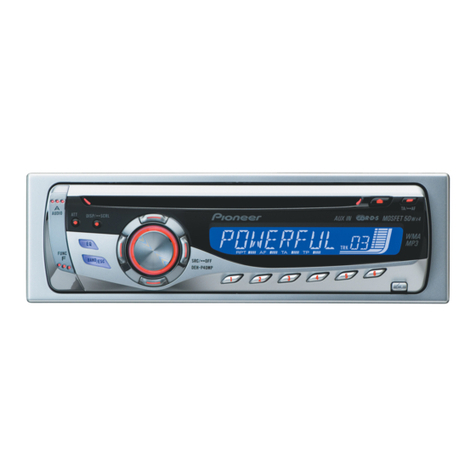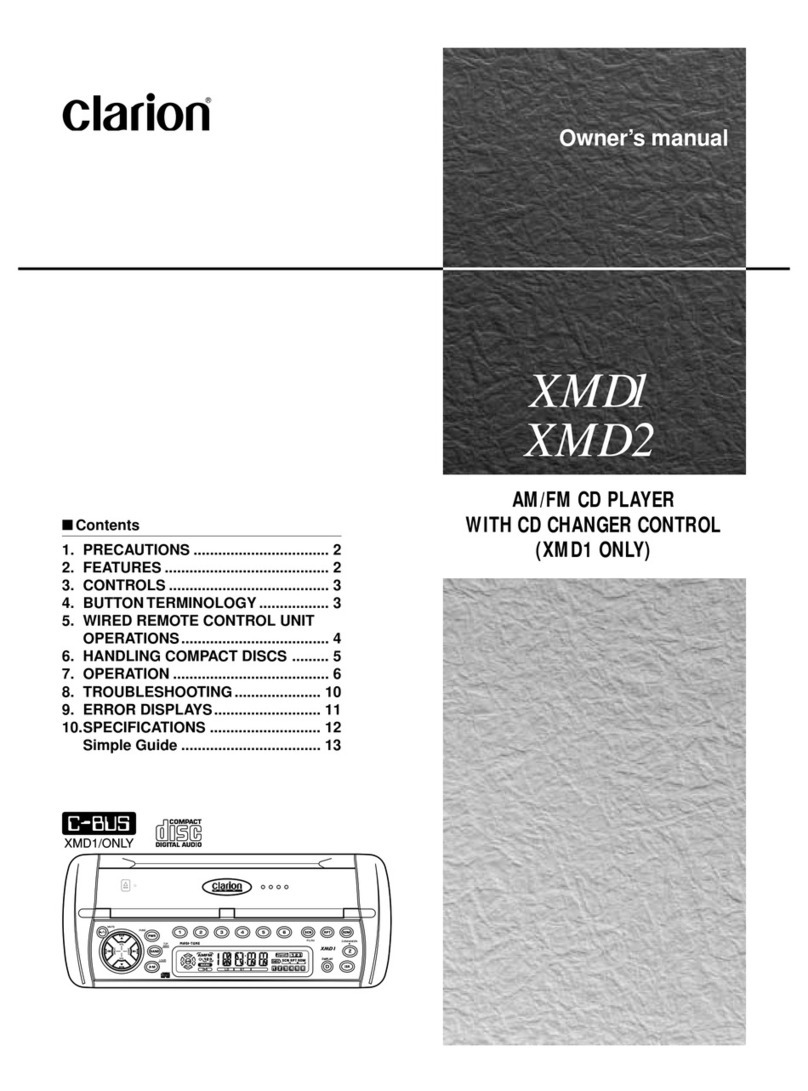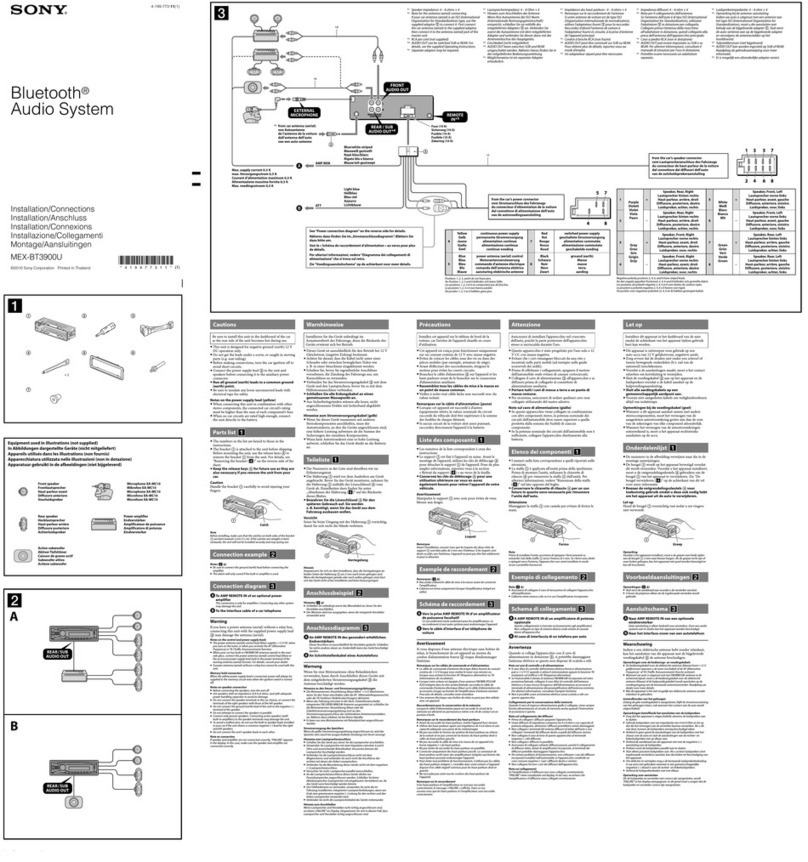BASSFACE SPL4.1 User manual

Instruction Manual

!Warning!
Bass Face products can produce sound pressure levels that can
permanently damage your hearing. Please exercise extreme caution
when setting volume levels. Also be mindful of other listeners, they might
not enjoy listening at the same levels as you. We will not be held in any
way responsible for injuries caused by the misuse of our products.
Please take care when attempting any alterations or installations with the
Please take care when attempting any alterations or installations with the
electrical system of the car. ALWAYS disconnect the positive terminal at
the battery.
BassBass Face operates a policy of continuous improvement and reserves the right to update
and alter the content and design of both product and instructions as it sees fit. Although
the information contained in the instruction manuals is given in good faith based on
extensive testing and experience the final responsibility for the installation and operation
of your system must rest with the installer and the operator. If you are installing your
equipment yourself please be realistic about your abilities and seek professional advice
if you are unsure about any aspect of the task that you are undertaking.
If
If you face a particular problem with your installation or product we will be happy to
answer your questions. Please email info@bassfaceaudio.co.uk - please note that our
response time is 2 to 3 days, and that we are closed over the weekend. For more urgent
help please contact your country distributor. In the UK this is Thompsons Ltd
(www.thompsonsltd.co.uk)
Please note that Bass Face is unable to process warranty support directly. For warranty
support you MUST contact your distributor.
Introduction:Introduction:
Firstly, thank you for your purchase. Every element of this product has been optimised to
give you the best possible performance for your money. We think that Bass Face
represents the highest quality to price ratio available on the market today.
Please take the time to read these instructions carefully. You will need to follow them to
have a successful install and get the most from the product.
Do
Do remember that incorrect installation or abuse is NOT covered under warranty – it is
YOUR responsibility to make sure that your installation and partnered product is suitable
and compatible.

Before installation, please take the time to review your chosen fitment location and to
check on mounting clearance both behind and in front of the speaker. If you do not have
the clearance behind to allow operation of the vehicle windows or other functions you
may need to obtain spacer rings to move the unit forwards. You need to ensure that the
tweeter, cone and surround will not touch anything during playback. Remember that the
cone will move a good few mm forwards during operation. Should you need to make your
own spacer rings, we suggest MDF or similar, since the additional solidity and lower
resonance
resonance goes a long way towards eliminating vibrations when compared to a standard
plastic ring.
When you mount the speaker with screws it is really important to make sure that you do
not damage the rubber surround with tools or any retaining washers. If you need to drill
new holes for mounting the speaker into the steel of the panel then make a small pilot
hole first to ensure accuracy, after first marking the points with a felt tip pen.
Crucially, you also need to ensure that there is no gap between the speaker framework
and the door panel – as leaks like this will ruin the bass response. Additionally it is vital
that the chassis of the speaker is tightly mounted and perfectly flat. If you do not have a
flat surface then you can use a combination of washers and long screws to install without
pulling the chassis of the speaker around. You must then ensure that any leaks are
totally plugged with silicone sealant.
We
We strongly advise that you consider sound proofing the car at least around the speakers
themselves to ensure that the sound produced does not get lost in the vibrations created
in the panel. This will allow your speaker to be more rigid, giving you the best sound
quality possible. It will also improve the output of the driver considerably, with no
downsides!
When
When installing sound proofing it normally helps to warm the material before use. Try to
double up the layers close to the speaker itself. You are trying to increase the weight of
the panel and give the speaker something solid to kick against.
Next we need to connect the terminals to your system. A common mistake is to
accidentally reverse the positive and negative connections somewhere in the car. This
can result in poor bass response and out of focus vocals. This condition is known as
connecting “out of phase” and is a common mistake!
If
If you are connecting directly to the factory cables from the head unit, then you can
sometimes have a tricky job because the colours and markings of OEM cables are
inconsistent from side to side. The easiest way to get this right is use a simple multi
meter. Firstly, set the multi meter to volts. Then, connect the ground wire of the multi
meter to a ground point of the car and play some music through the head unit, testing
each wire as you go. The multi meter will show either a positive figure or a negative figure
as the music plays. The wire that goes into positive voltage is the positive cable. Connect
this
this to the positive side of the speaker and connect the other wire to the negative side of
the speaker.

If you are connecting via an amplifier your task becomes a lot easier. All you have to do
is remember which wire is positive coming from the amplifier by identifying the stripe on
the wire and keeping that convention consistent throughout your installation. So it’s
either “stripe to positive” or “stripe to negative” right the way through.
When it comes to setting up your system for sound, please remember that the single
most common cause of speaker failure is distortion. And the single most common cause
of distortion is an amplifier set at too high a level.
The
The most annoying aspect of car audio is that the car radio manufacturers insist on
producing head units that actually distort at about three quarters the way up their volume
scale. If you add a little bass to the settings this critical point can be as low as half the
way up the volume level! The result of this is that the hapless owner of the system
blames the speaker for the distortion. The comment is usually “the speakers are not
powerful enough to take the sound.” In reality, you need to ensure that you play the
system within the scope of the capability of the amp you are using. If this is a simple head
unit
unit then consider adding a subwoofer if you need more bass – or add an amplifier to the
speaker outputs if you need to drive your new speakers harder. Whatever you do, don’t
sit there distorting your sound and then expect us to dish out replacement speakers
under warranty.
With your BassFace speakers you are going to experience a much finer tonal balance
and a superb stereo experience. What you are not going to do is to make your amplifier
or head unit more powerful than it already its, or to re-write the rules of physics and
create sub bass out of a speaker that is not designed to do that.
Once
Once the levels are nicely set up and you have your system performing at its best you
might consider adjusting the angle of the tweeter to achieve the best sound imaging. On
some of our speakers it is not possible to do this with the factory grille installed, due to
space constraints. Where clearance exists a very useful lift in sound stage can often be
obtained by angling the tweeters at an imaginary point above the gearstick.
(Experimentation recommended.)
If
If you have the facility available on your head unit or amplifier it will be beneficial in most
cases to set a crossover point, to limit the amount of bass that is being fed in to your
coaxial speakers. For smaller speakers such as the SPL4.1 or SPL46.1 we advise the
use of a 125 to 150Hz crossover point if you are using a subwoofer in conjunction with
your BassFace speakers. On larger speakers such as SPL5.1 or SPL6.1 you can look to
an 80 or 100Hz crossover, or even lower if you have a really solid well soundproofed
installation and high power amplifier. On the SPL69.1 when installed in a solid parcel
shelf
shelf it is not necessary to use a high pass crossover at all for most applications, but we
do recommend the use of a subsonic filter set to around 30Hz for ultimate performance.
One final point for advanced installers. PLEASE NOTE THAT USING THE SPEAKER IN
THIS FASHION IMMEDITATELY VOIDS THE WARRANTY
(If you do not understand the following paragraph it is likely you should not be attempting
this…)

The BassFace coaxial speakers have the tweeter cable from the silk dome unit run
through the centre of the magnet and out underneath the label. If you carefully remove
the rubber magnet gasket you can un-solder the cable from the terminal block on the side
of the speaker to create a separate input for the tweeter. It is thus possible to run the
speaker from a separate amplifier or channel on both mid and tweeter, in either an active
or passive capacity. This creates a true “coupled component” system for the ultimate in
performance and adjustability. The silk dome tweeter is relatively safe to 4000Hz at
12db/Octave
12db/Octave for sensible listening, or 5000Hz at the same slope for everyone else. You
can obviously use the supplied capacitor if you want to run passive.
Table of contents
Other BASSFACE Car Stereo System manuals
Popular Car Stereo System manuals by other brands
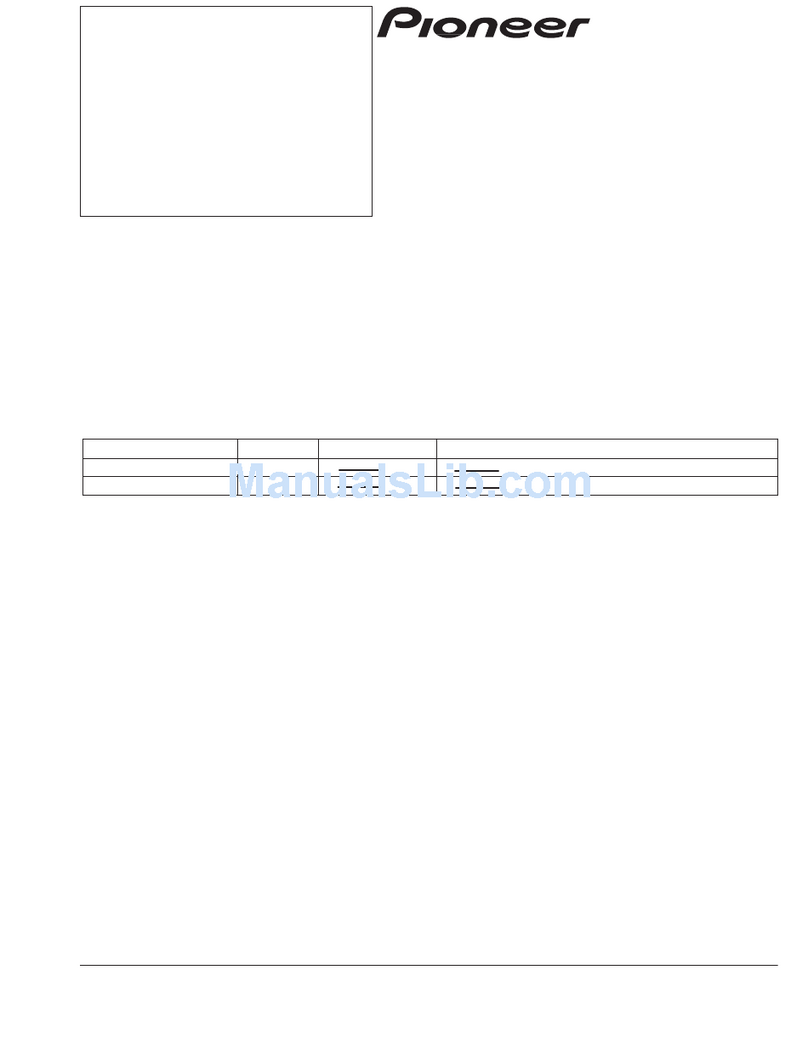
Pioneer
Pioneer AVX-P7000CD UC Service manual
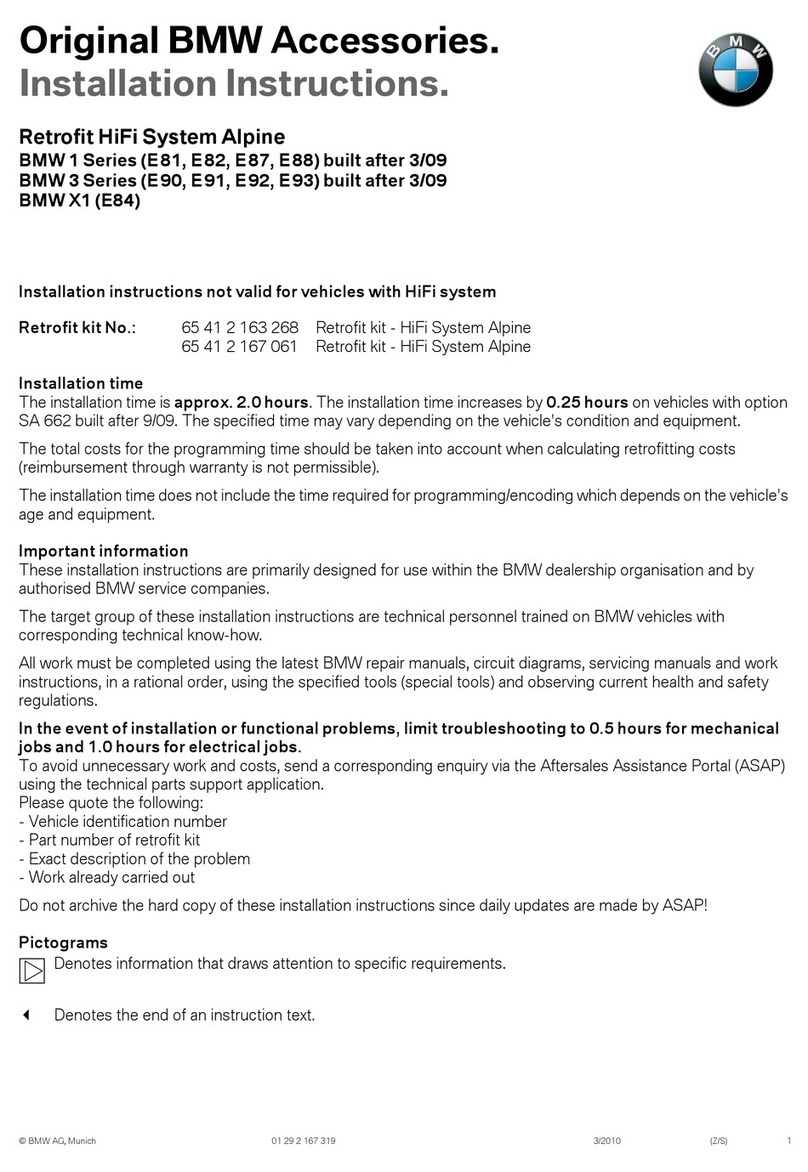
BMW
BMW 65 41 2 167 061 installation instructions
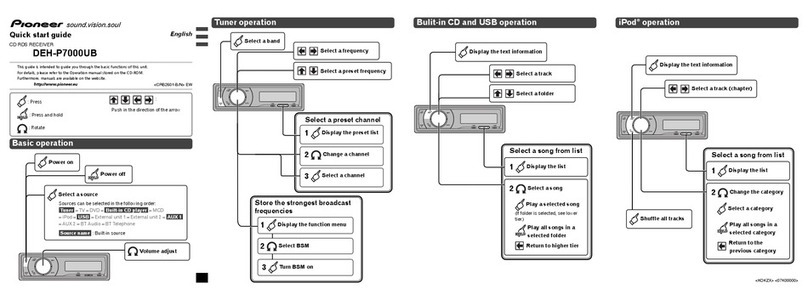
Pioneer
Pioneer DEH-P7000UB quick start guide

Mazda
Mazda 2007 Mazdaspeed 3 Quich start guide

Rockford Fosgate
Rockford Fosgate RFX9020M Installation & operating guide
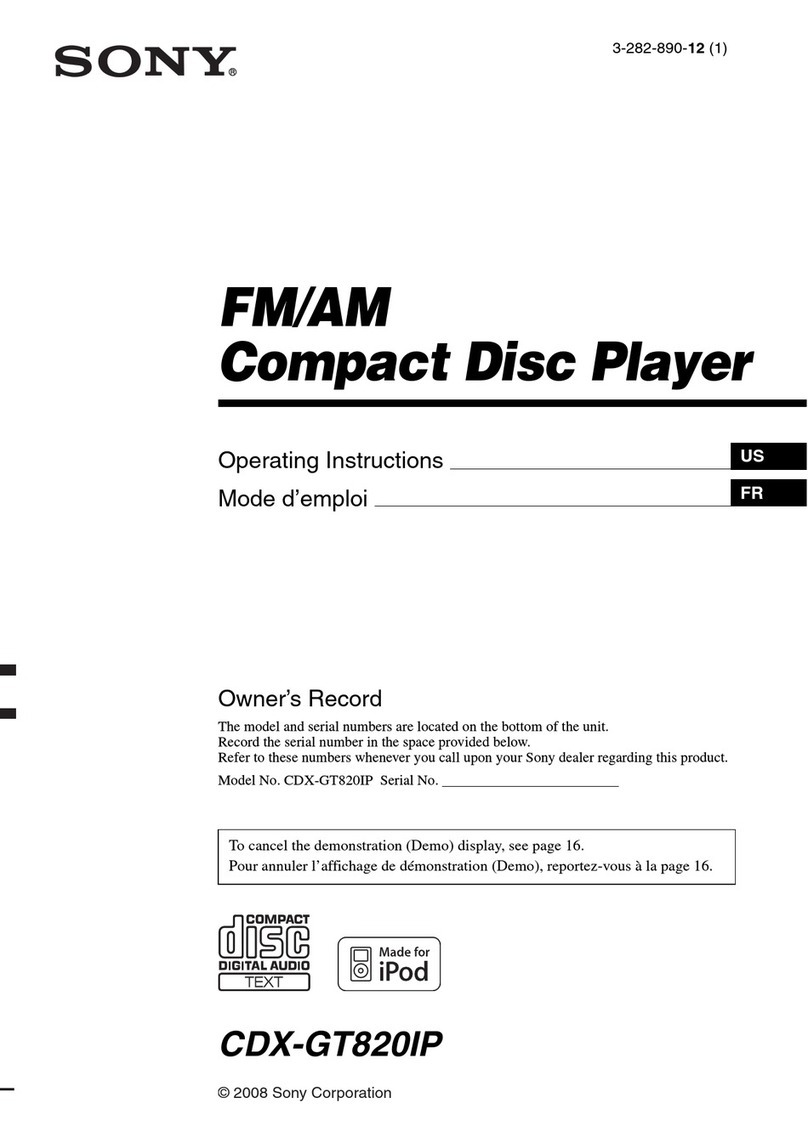
Sony
Sony CDXGT820IP - Xplod GT Series Head Unit operating instructions
